According to Wikipedia and various articles it is best practice to divide tests into Unit tests (run first) and Integration tests (run second), where Unit tests are typically very fast and should be run with every build in a CI environment, however Integration tests take longer to run and should be more of a daily run.
Is there a way to divide these in pytest? Most projects don't seem to have multiple test folders, so is there a way to make sure I only run Unit, Integration or both according to the situtation (CI vs daily builds)? When calculating test coverage, I assume I will have to run both.
Am I going about this the right way in attempting to divide the tests into these categories? Is there a good example somewhere of a project that has done this?
